

Search london history from Roman times to modern day
December 2, 2020 London history, walk the London Wall
Walk the next part of the Roman London wall 1b
Here we go, my first post about accessing the Roman London Wall, from the perspective of a well known London railway station on the C2C line from Southend and other areas. Fenchurch street is a London terminus where trains stop and return in the opposite ditection.
Many people use it as a means to get into London, and being near to Tower Hill, on the Circle line or District line, a good point to change onto the underground lines for further travel into central London.
There is also the Tower Gateway station on the DLR line a short distane from Fenchurch street. Tower Gateway is highly accessible for anyone from street to platform. This station is two stations away from Limehouse on the DLR, with lifts on this line everwhere. Limehouse is the last sop on the c2c before Fenchurch street.
In brief, if you have any accessibility issues, the front entrance of Fenchurch street is the only way of exiting the station; and even my visit in May 2021 found the escalator broken. The lift was apparently working. This guide will now take you via the other (Coopers row) exit, which has an incredible number of steps to the platforms, and elevator, and steps at the exit.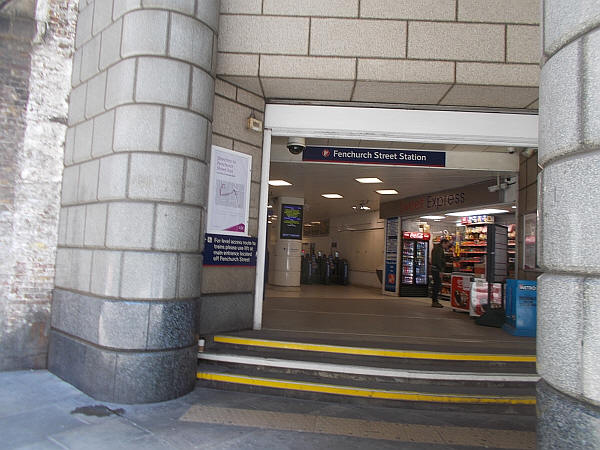
Fenchurch street – the Tower hill / Coopers row exit, which is highly inaccessible – in May 2019
Once out of the station, turn left down the hill and towards Tower Hill. There are people here who will ask you to change a banknote, just tell them to try at the station, they soon go away. This was the Coopers Row in 1864, not disimilar to today.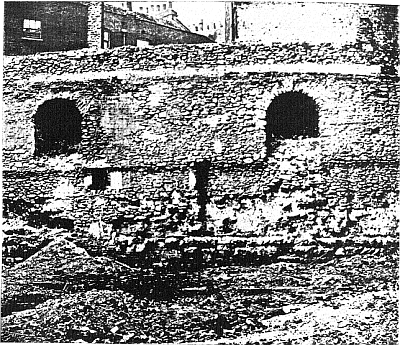
Messrs. Barber and Co.’s warehouse, Coopers row, as exposed in 1864
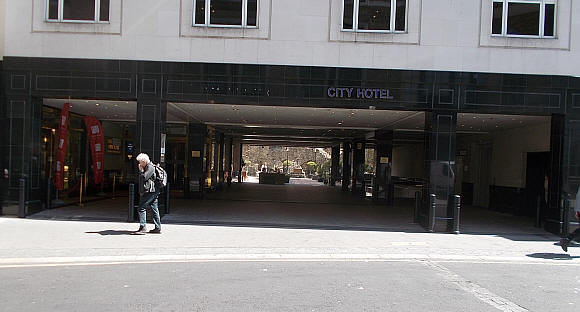
City Grange Hotel, in Coopers row – in May 2019
I had walked past this Hotel entrance many hundreds of times, and never realised what was hidden at the back, and clearly visible from the street. You can also access the wall by walking down towards Tower Hill station and keep turning left. The Wall is not only very accessable, you can also walk through it, and round it.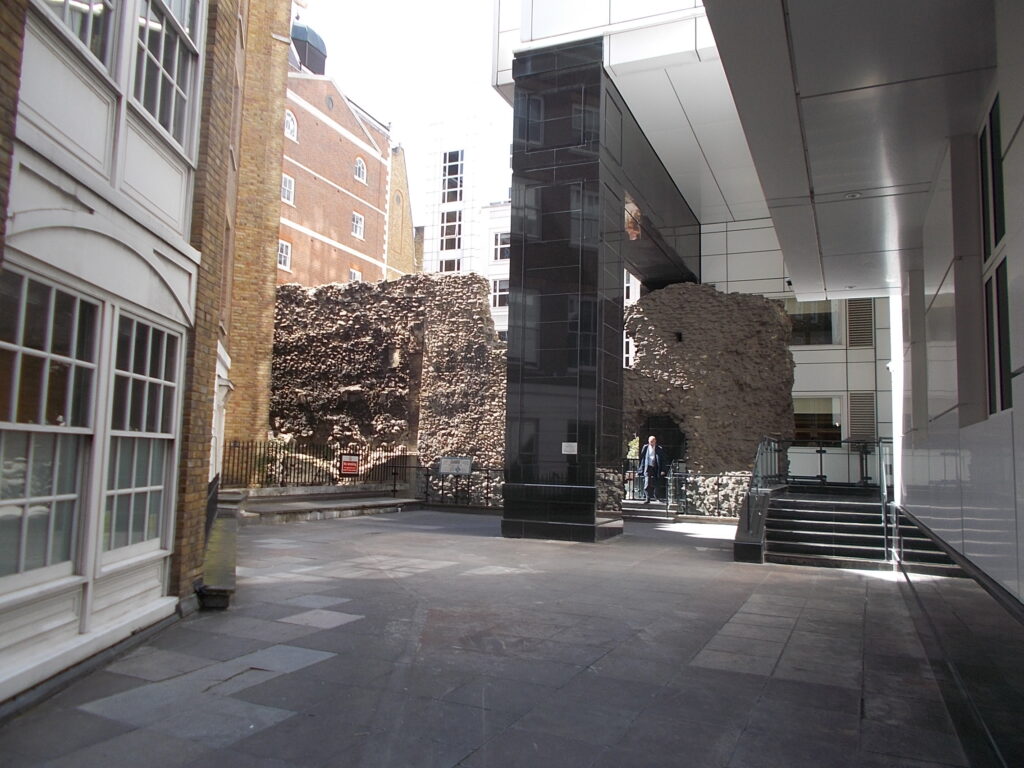
The London Wall, with Coopers row behind in May 2019
Actually, I was looking at some very early maps and struggling to work out exactly where this was, until I looked at an 1893-96 map, as is here: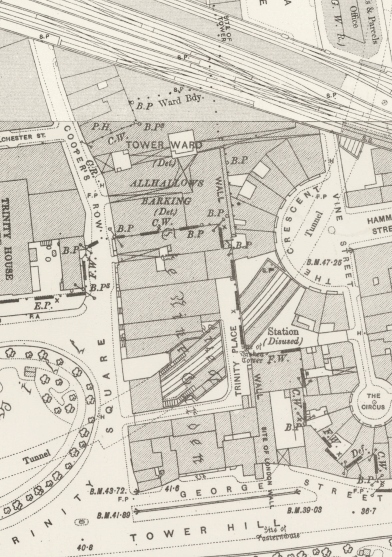
Coopers Row and Trinity place in about 1896
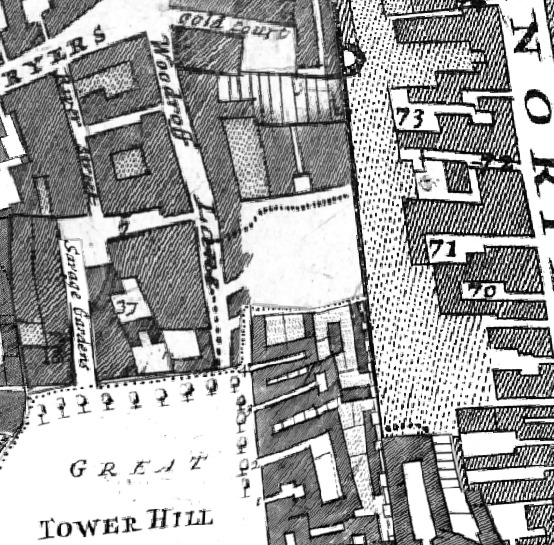
Coopers row was Woodroff lane in 1720
You will then be able to walk alongside it, through it, round it, and almost climb it! I do not think you can climb it.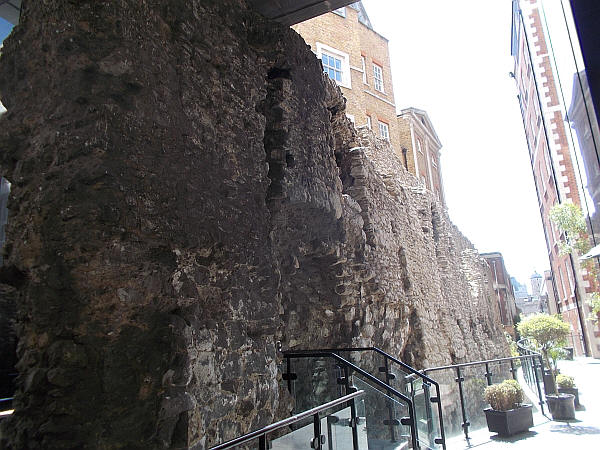
The amazing London wall in Coopers row, with the Crescent in the background – in May 2019
If you follow the wall underneath Fenchurch station (in your mind), you will discover that in 1881 a section of the wall was demolished in the building of the new railway station. Obviously you cannot walk underneath the station, and this is all hypothetical; but this is what it would have looked like!
Town Wall part destroyed 1881 for the Blackwall Railway
In the course of demolitions for the Blackwall Railway in 1841, a portion of the Roman wall was uncovered 7 1/2 feet thick and standing to a height of 6 or 7 feet. This was in or near this area.I am working through my excavations of the Roman London Wall as listed on my londonwiki here
If we head southwards again, down Coopers row. we head for Trinity place. I need a map, and another post for this. And Last updated on: Thursday, 10-Oct-2024 16:26:10 BSTTrying to avoid privacy and cookie settings overwriting content